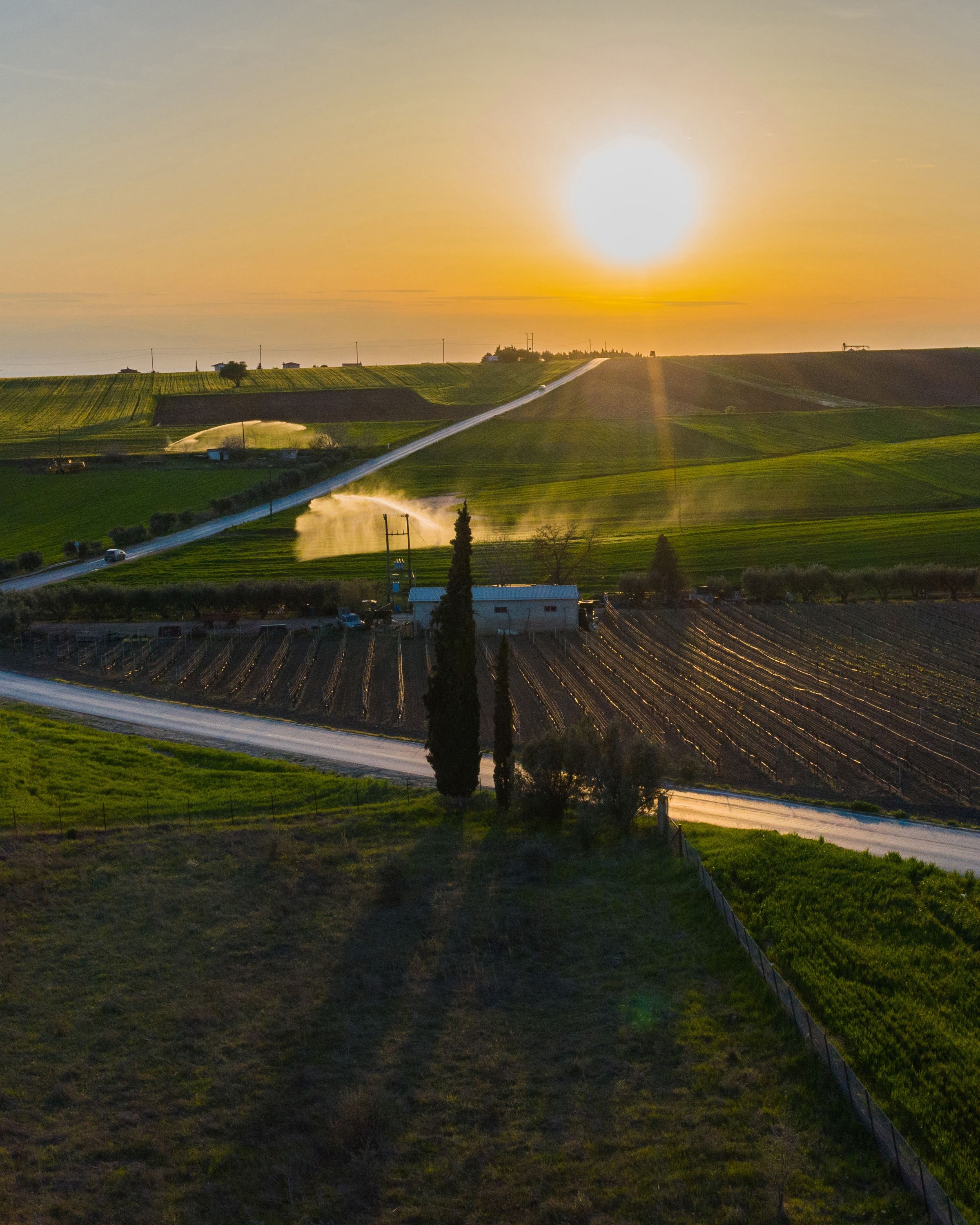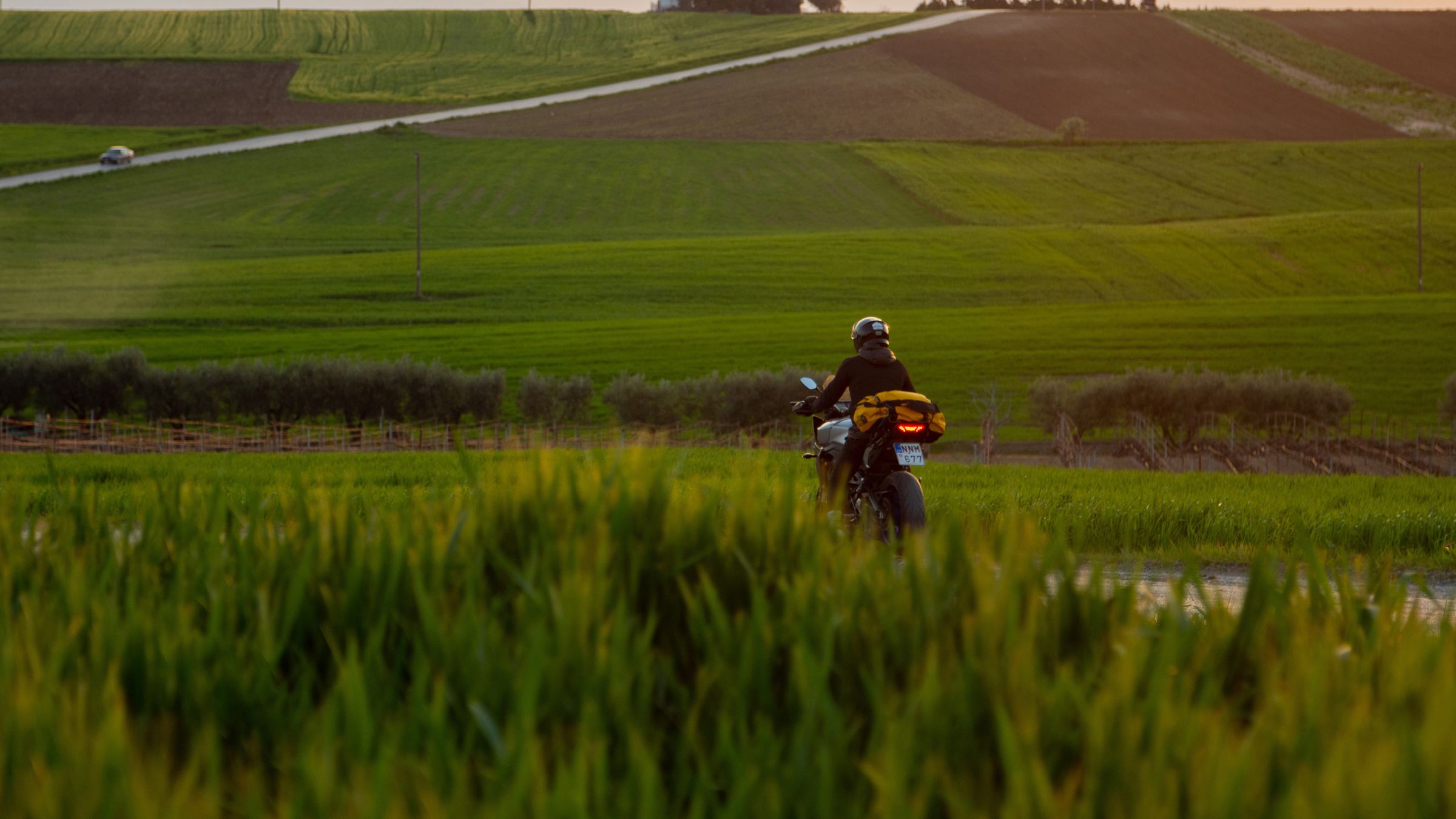
Epanomi
Epanomi
The entrance of Thermaikos
Epanomi geographically marks the area with its cape, looking west to Thermaikos as an entry point to the Gulf and east to Halkidiki. Breezeless on one side, stormy on the other, the few meters of sand in the lane that separates the waters in two is what defines it as a crossroad to and from the largest urban center of Macedonia and the peninsula with the most quality beaches in the country.
With a history dating back to the Neolithic years, the area has always been inhabited and archaeological finds confirm the succession of civilizations that flourished until they gave way to the next. The early Christian cemetery in Limori and the three-aisled early Christian basilica in Biagoudi provided important information about life during the 4th and 5th centuries AD. with findings as early as the 2nd century AD. while the medieval Metochi of the Kritziana has a history of half a millennium. Enduring over time, Epanomi emerged after the Turkish occupation, creating one of the first agricultural cooperatives and reaching today, with its approximately 10,000 inhabitants, to be a modern town moving in the rhythms of agriculture and tourism.
Popular as a nearby destination for swimming from Thessaloniki, just 30 km from the city center and with 40 km of clean shores available, with the symbol of the beach of "Potamos", with the famous "Shipwreck", "Fanari" and "Palioura" An important wetland, included in Natura 2000 for its lagoon, with 217 recorded species of birds and various species of amphibians, reptiles, and mammals. And, of course, a fertile plain to produce tsipouro and wine, as an ideal ecosystem for the cultivation of the vineyard with its mild winters and cool summers.










